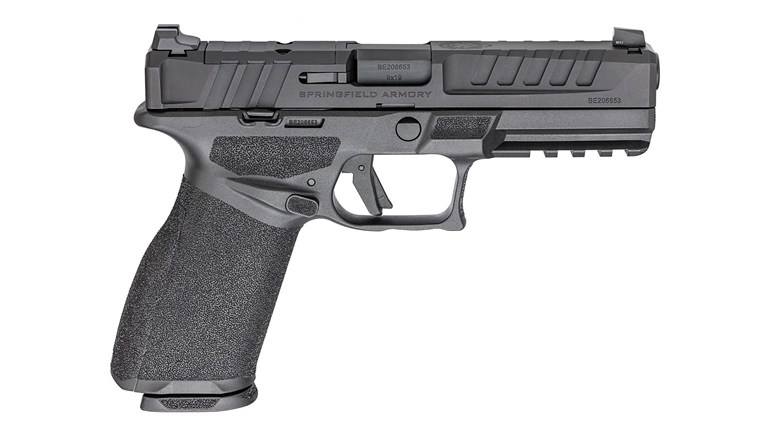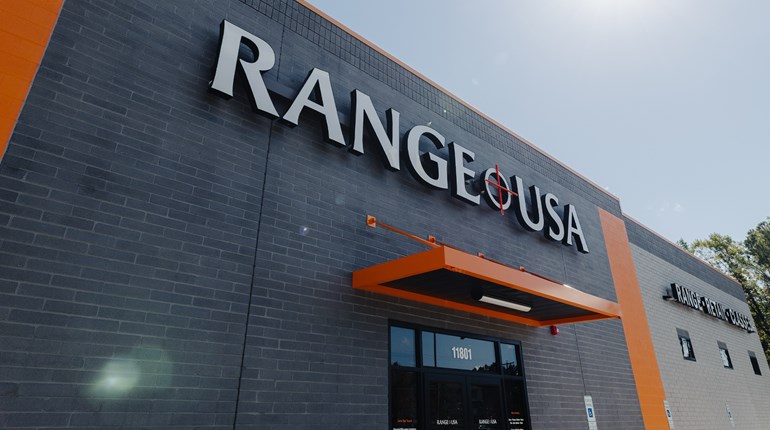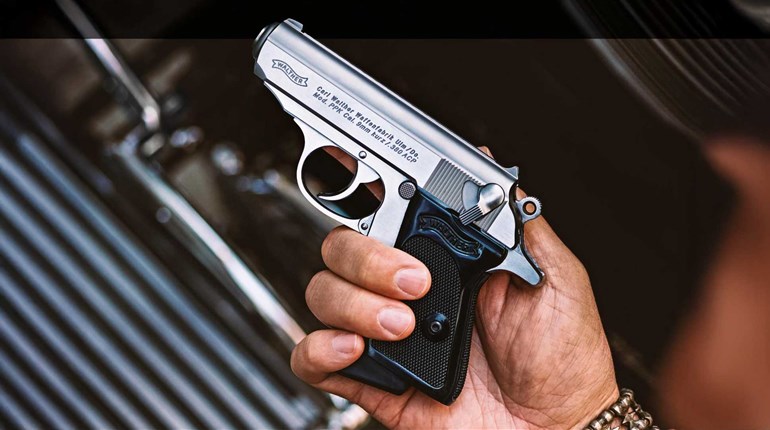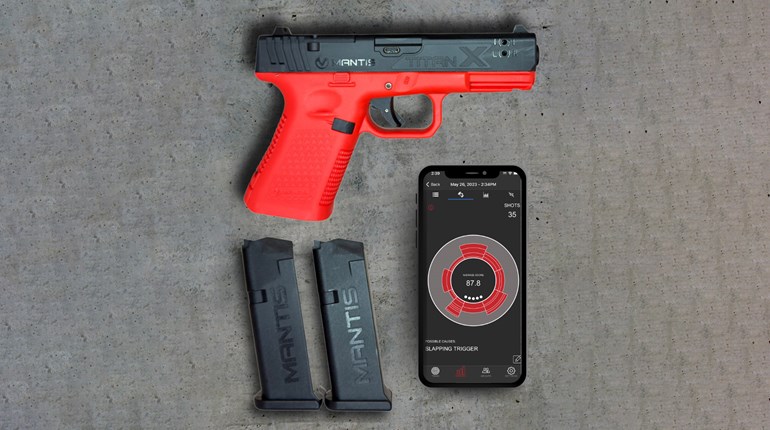
Newer shooters who choose 9 mm or larger calibers for their first pistol may encounter a steep learning curve on their path to proficiency. Though these calibers, when paired with the proper bullet design, are preferred for personal defense, they generate more recoil, noise and muzzle flash than many inexperienced shooters can tolerate. That can lead to degraded marksmanship from anticipatory flinching and maladroit trigger control and can add frustration that your skills aren’t improving despite burning a lot of powder and money. All of this can then lead to avoiding practice or adopting the mistaken belief that you can’t improve.
To develop marksmanship skills, you need to eliminate flinching and improve trigger control. Dry practice and ball-and-dummy exercises may help, but converting your pistol to .22 LR might be the best solution because it allows you to use the same pistol you intend to carry. So, you can hone your sight alignment, trigger release, control and grip for that specific pistol without the distractions of intense recoil and noise.
A .22 LR conversion kit can be installed on your pistol without permanent alteration and usually consists of a magazine and a slide assembly, which includes the barrel, recoil spring and guide rod. Installation is no more complicated than disassembling your pistol and reassembling using the new components (though some kits for 1911-style pistols can be trickier). Conversion kits use the same frame, so you retain the grip and trigger characteristics, and some use the same sights, which makes the converted pistol closer to the version you intend to carry once your skills have improved.
There are a few less-apparent benefits and drawbacks. One downside to these kits is their surprisingly high cost, which can be 70% of a complete 9 mm pistol. An upside is that you don’t need to buy a conversion kit from a Federal Firearms Licensee (FFL). Also, though ammo and kit quality are ahead of what they were in decades past, many kits are sensitive to ammunition and work best using higher-velocity cartridges loaded with 40-grain, round-nose bullets, such as CCI Blaser (which is reasonably priced and accurate, in my experience). No matter the brand, the .22 LR cartridge is less reliable than centerfire calibers, so you’ll likely get a few misfires. But that just means more practice, which is an essential survival skill for the concealed carrier.
What to Buy
Choosing between a kit from a rather limited set of alternatives involves weighing several factors. You need the right holster fit to practice your draw; you need the same manual safety and sights as the donor pistol; you need the slide to lock after the last round; and you need to match your accessories. Most kits use aluminum slides, but more-durable ones are made from steel. Because .22 LR pistols are typically used to shoot at smaller targets, you might also appreciate having adjustable sights or the ability to change sights.
Whatever pistol you carry, it’s worth checking if the company or an aftermarket .22 LR conversion is available. Pistol kits are now made for the Beretta 92, Glocks, Springfield XD, M1911s, the CZ 75 and CZ P07 and two offerings from Kimber for full-size and compact M1911s. The Kimber kits are the closest to the standard M1911, not only from a visual and dimensional standpoint, but also in how they disassemble, as they require no additional tools. Kits for the SIG Sauer P226, P229 and P938 are out of production, but can be found on the secondary market.
One good resource I’ve found for pistol-conversion kits is Advantage Arms, which makes kits for several Glock pistols, including those that accept red-dot optics, the M1911 and 2011 and the Springfield Amory XD and XDM. Advantage kits are well-accessorized with optional threaded barrels for mounting a suppressor, magazines of various capacities and different sights. Kits for the Sig Sauer P365 and Springfield Armory Hellcat are forthcoming and, interestingly, use the frame and slide of the native pistol, so you change only the barrel, recoil spring and magazine.
Tactical Solutions also offers high-quality kits for Glocks with slides made from a solid bar of 4140 steel, while those designed for serious target shooting with the M1911 are made by Marvel Precision.
Don’t make the mistake of thinking you can’t overcome the unpleasantness of shooting a powerful pistol. Using a .22 LR conversion kit to train on your centerfire pistol can help you build confidence, shoot more often for less cost and become a better shooter faster. You can focus on addressing recoil control for higher calibers as its own isolated goal once your marksmanship skills are dialed in.


































